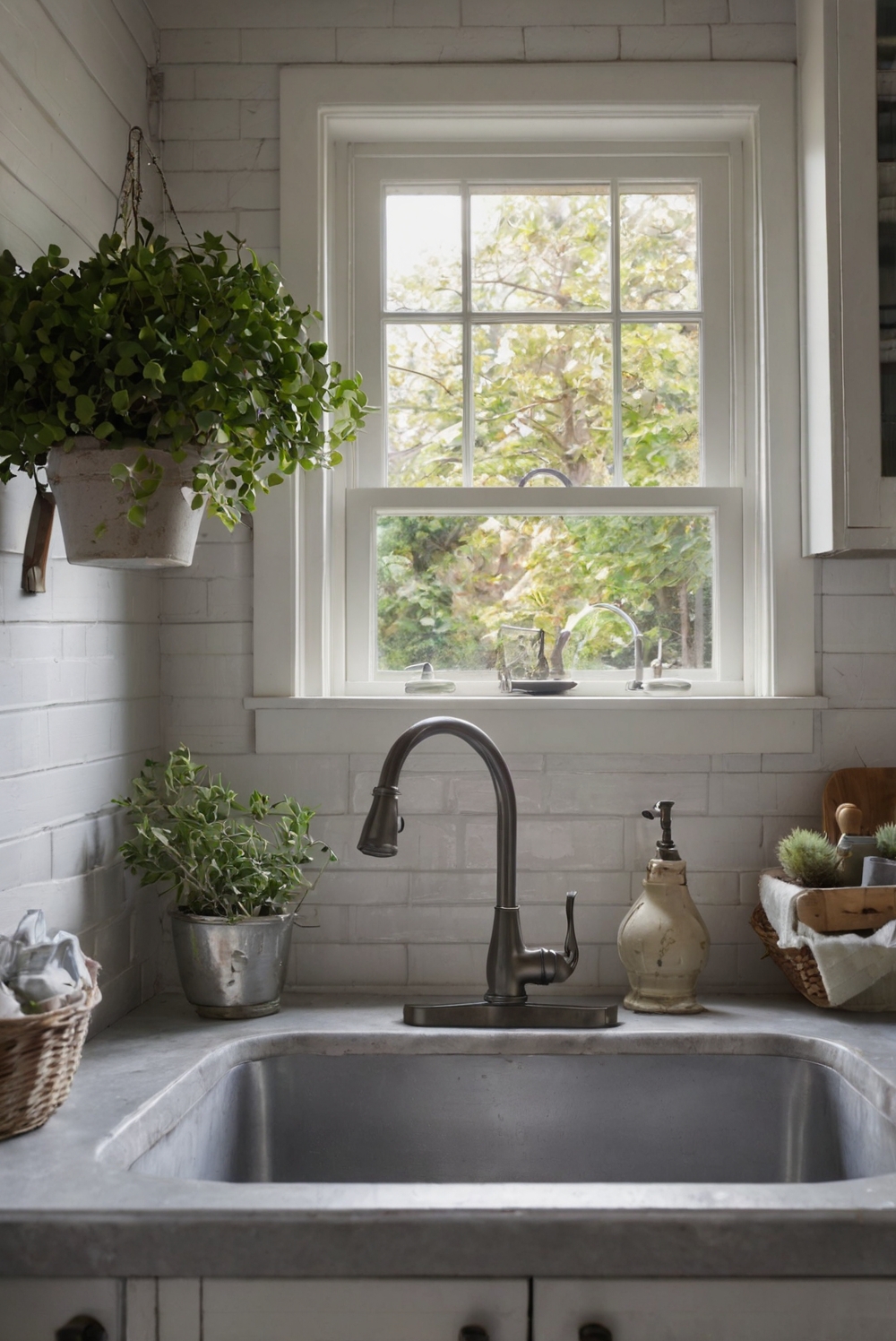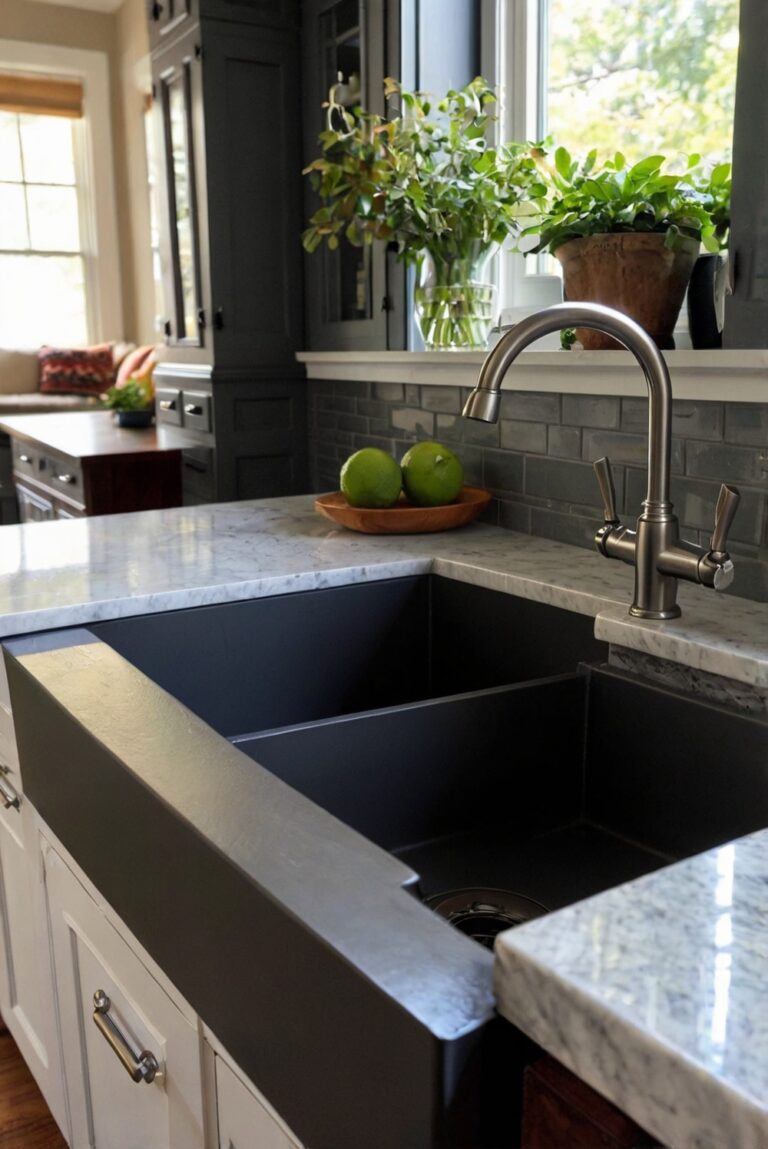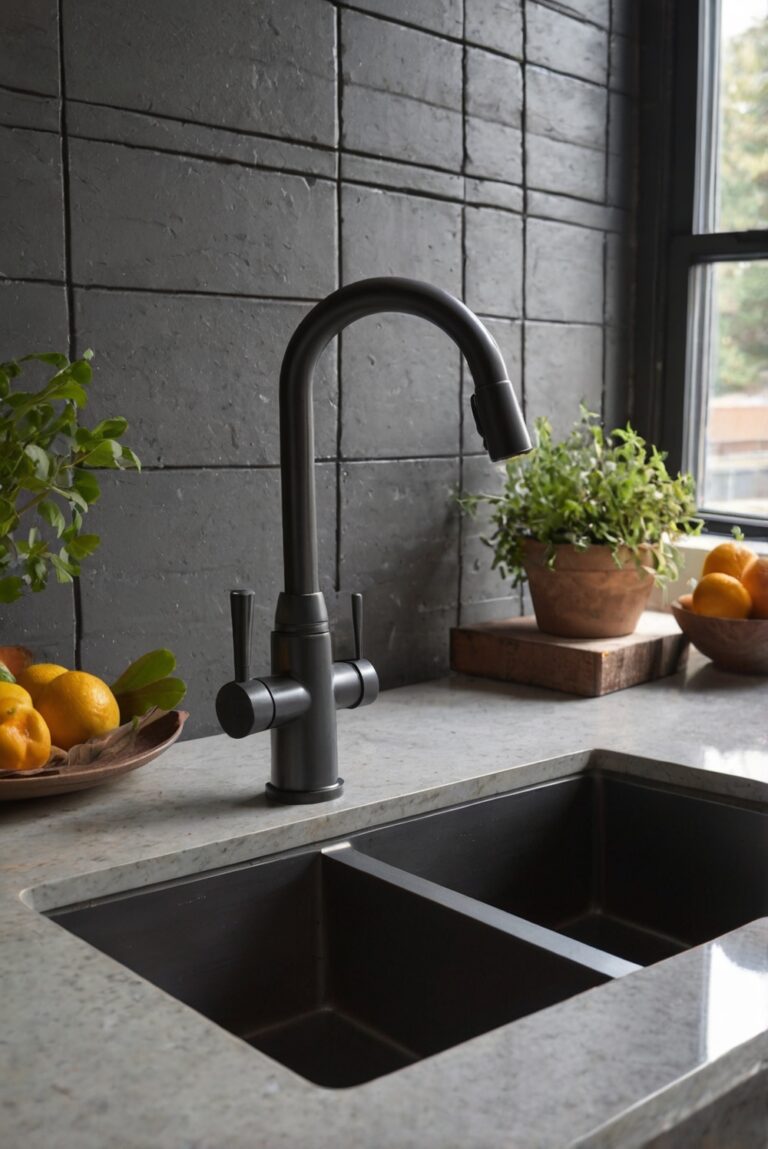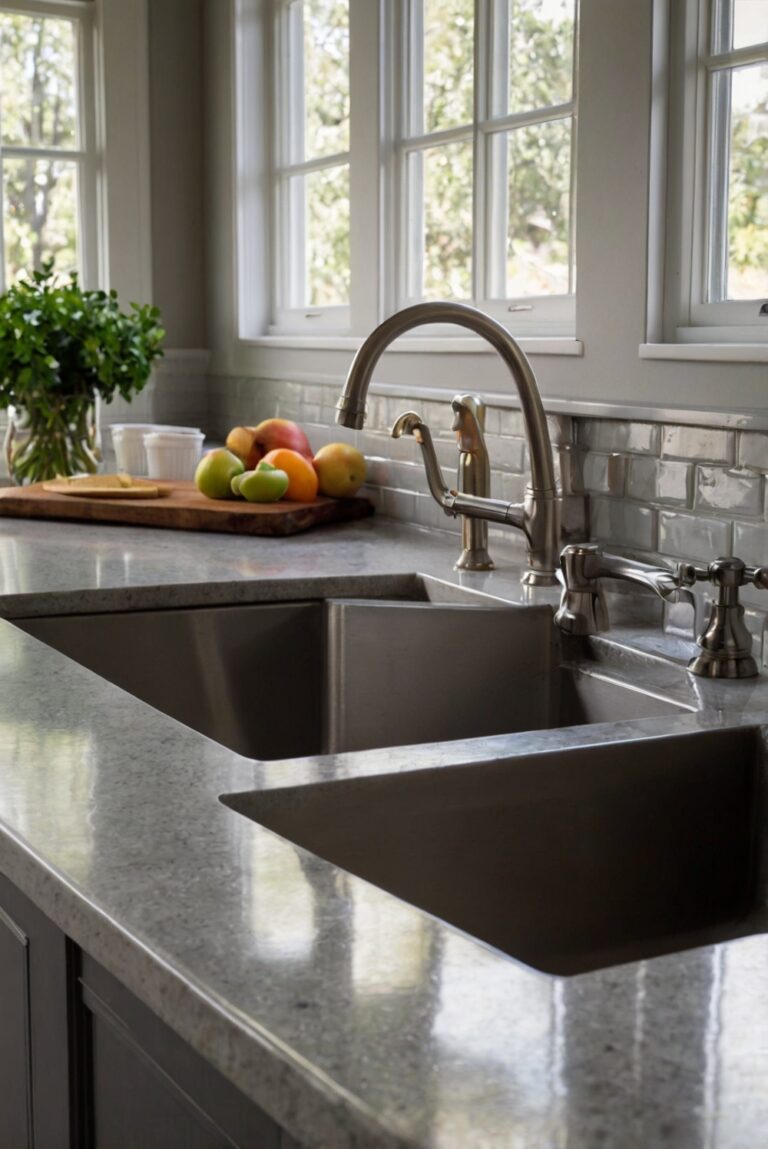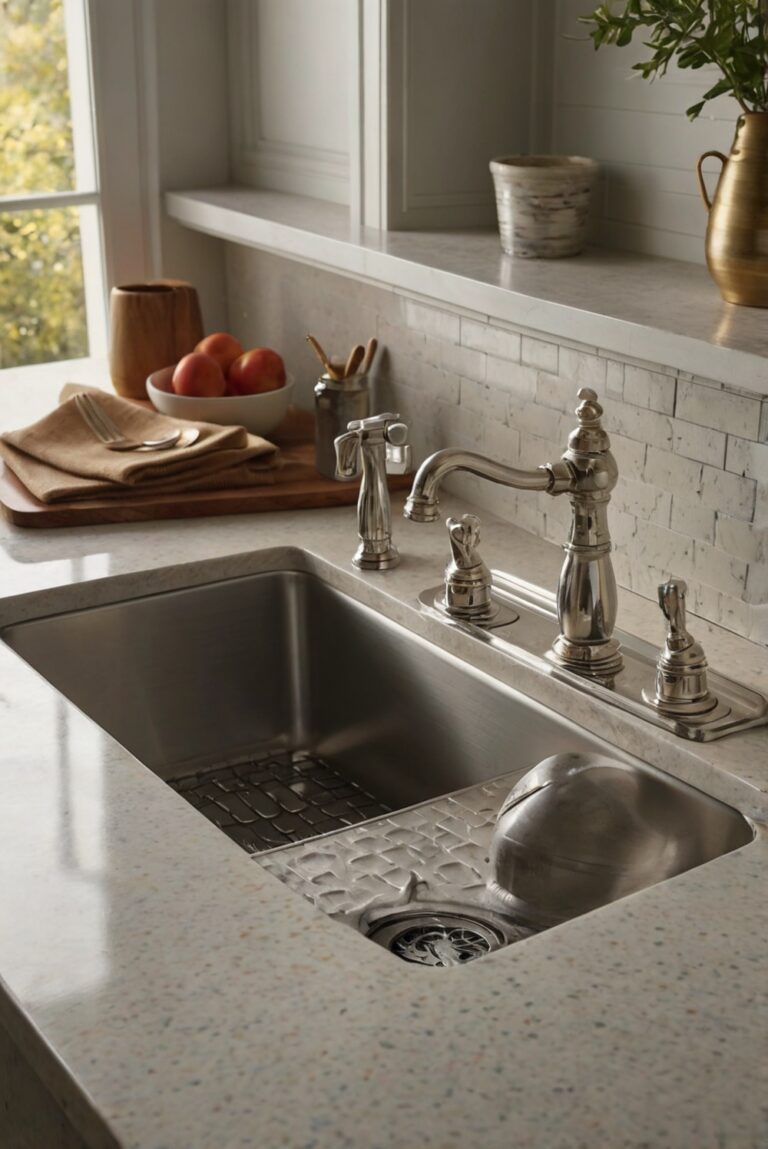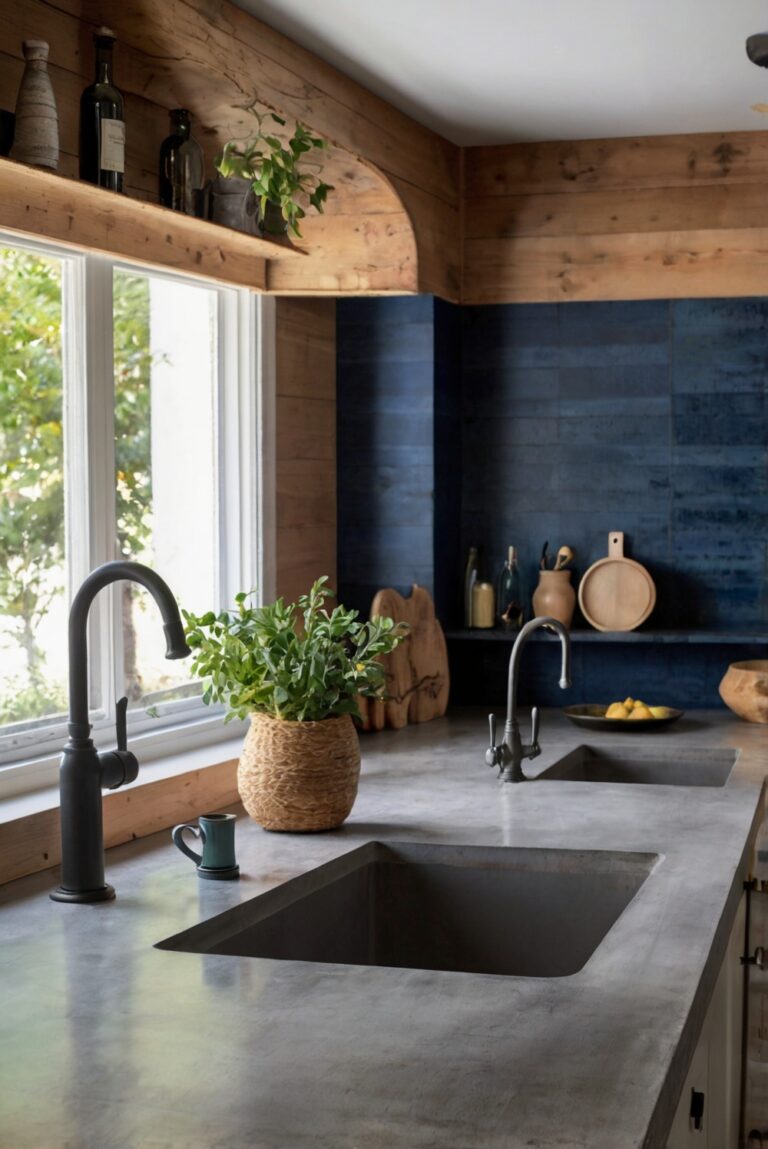Looking to upgrade your utility room sink? Discover the best sink materials and tips for a functional and stylish space in your daily interior designer routine!
How to Choose the Right Sink Material for a Utility Room?
The right sink material for a utility room should be durable and easy to maintain. Consider stainless steel for its resilience and resistance to corrosion. Porcelain is a classic choice, offering a timeless look while being easy to clean. If you prefer a more modern touch, go for granite composite sinks, which are sturdy and come in various colors. Another option is fireclay, known for its durability and heat resistance. Before making a decision, assess your needs in terms of usage and maintenance. Remember to plan the space around the sink for optimal functionality and efficiency in your utility room setup.
When choosing the right sink material for your utility room, it is crucial to consider various factors to ensure you make the best decision for your needs and preferences.
1. Durability:
One of the most important factors to consider when selecting a sink material for your utility room is durability. Since utility sinks are used for heavy-duty tasks such as cleaning gardening tools, washing pets, and handling laundry, it is essential to choose a material that can withstand frequent use and potential rough handling. Stainless steel and cast iron are popular choices due to their durability and resistance to scratches and stains.
2. Maintenance:
Consider the maintenance requirements of the sink material you choose. Some materials may require more frequent cleaning and maintenance to keep them looking their best. Stainless steel sinks are easy to clean and maintain, making them a practical choice for a utility room where messes are common.
3. Cost:
Another crucial factor to consider is the cost of the sink material. While some materials may be more expensive upfront, they may offer long-term savings due to their durability and longevity. Consider your budget and weigh the initial cost against the long-term benefits of the material you choose.
4. Style and Design:
While utility sinks are primarily functional, you can still consider the style and design of the sink to ensure it complements the overall look of your utility room. Stainless steel sinks offer a modern and sleek look, while porcelain sinks provide a classic and timeless appeal. Choose a material that not only meets your functional needs but also enhances the aesthetic of your utility room.
5. Size and Configuration:
Consider the size and configuration of the sink that will best suit your utility room. Depending on the tasks you will be using the sink for, you may need a larger or deeper basin. Additionally, consider the number of bowls or compartments the sink offers to accommodate your specific needs, such as separate areas for washing and rinsing.
By considering these factors and taking the time to research and compare different sink materials, you can choose the right sink material for your utility room that meets your functional needs, style preferences, and budget constraints.
1. What are the different sink materials available for utility rooms?
There are several sink materials to choose from for utility rooms, including stainless steel, porcelain, composite granite, fireclay, and cast iron. Each material has its own pros and cons, so it’s essential to consider factors such as durability, maintenance, and cost when making your selection.
2. How do I decide which sink material is best for my utility room?
To choose the right sink material for your utility room, consider the amount of use the sink will get, your budget, and your aesthetic preferences. Stainless steel sinks are a popular choice for utility rooms due to their durability and affordability, while fireclay sinks offer a more traditional look but can be more expensive.
3. Are there specific considerations to keep in mind when selecting a sink material for a utility room?
When selecting a sink material for a utility room, consider factors such as the size of the sink, the number of bowls, and whether you need additional features like a drainboard. It’s also essential to think about how easy the sink material is to clean and whether it will be able to withstand heavy use.
4. What are the maintenance requirements for different sink materials in a utility room?
The maintenance requirements for sink materials in a utility room vary depending on the material. Stainless steel sinks are easy to clean but can show water spots, while porcelain sinks can chip and stain more easily. Fireclay sinks require gentle cleaning to avoid scratching, while composite granite sinks are durable but may need regular sealing to prevent stains.
5. How can I ensure that my chosen sink material will last in a utility room?
To ensure that your chosen sink material will last in a utility room, make sure to follow the manufacturer’s care instructions and avoid using abrasive cleaners that could damage the surface. Regular cleaning and maintenance will help prolong the life of your sink, regardless of the material you choose.

